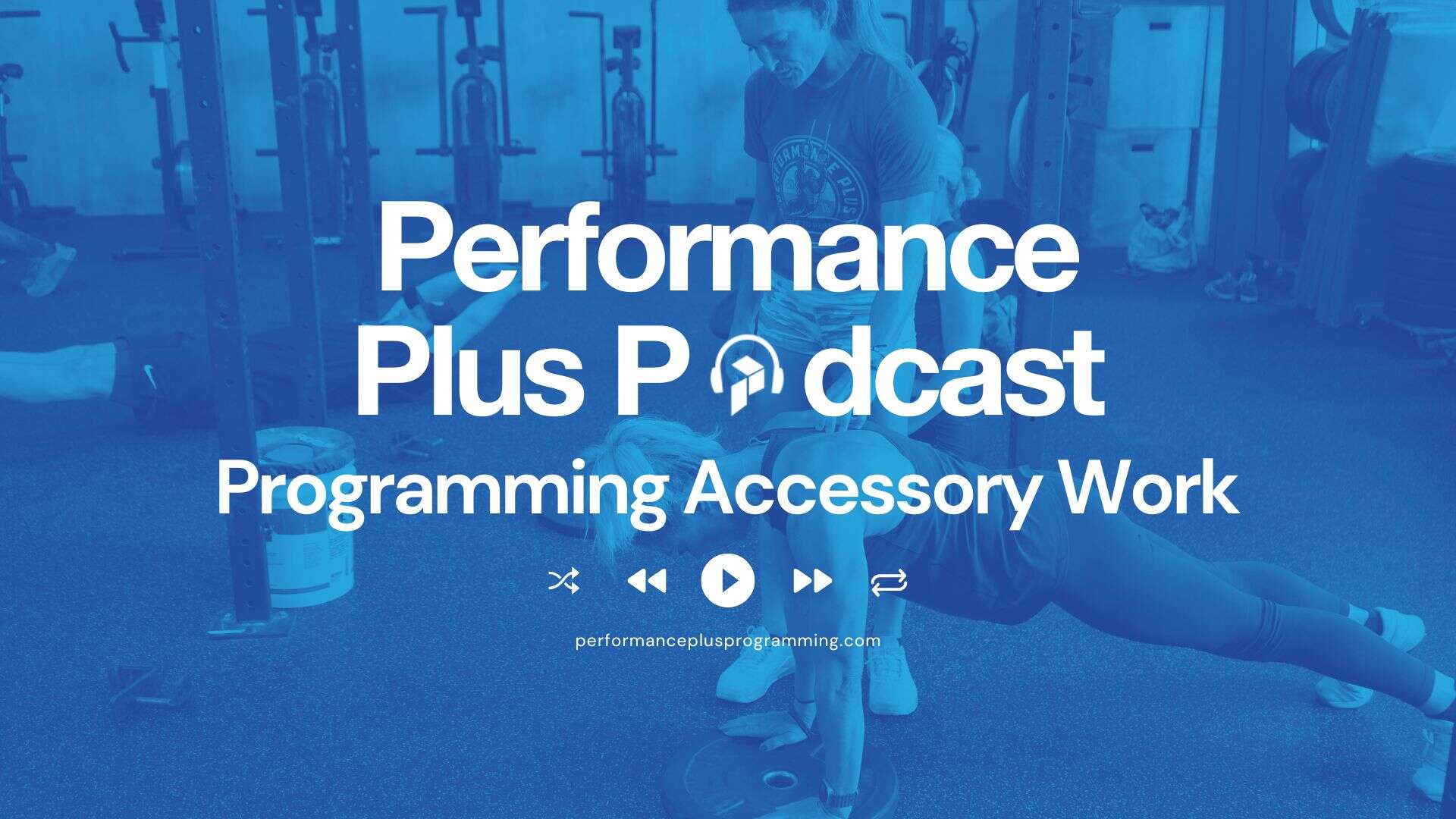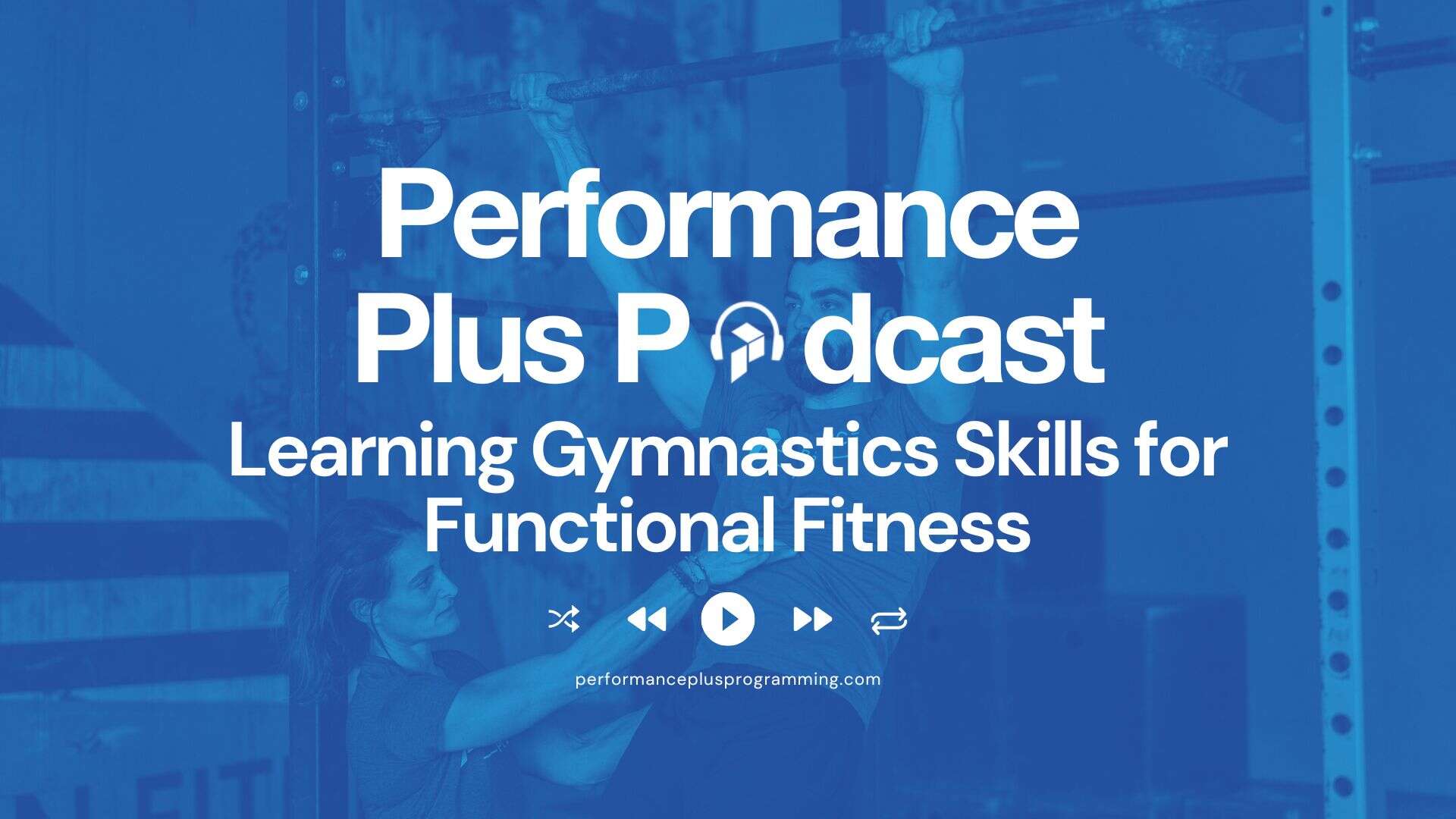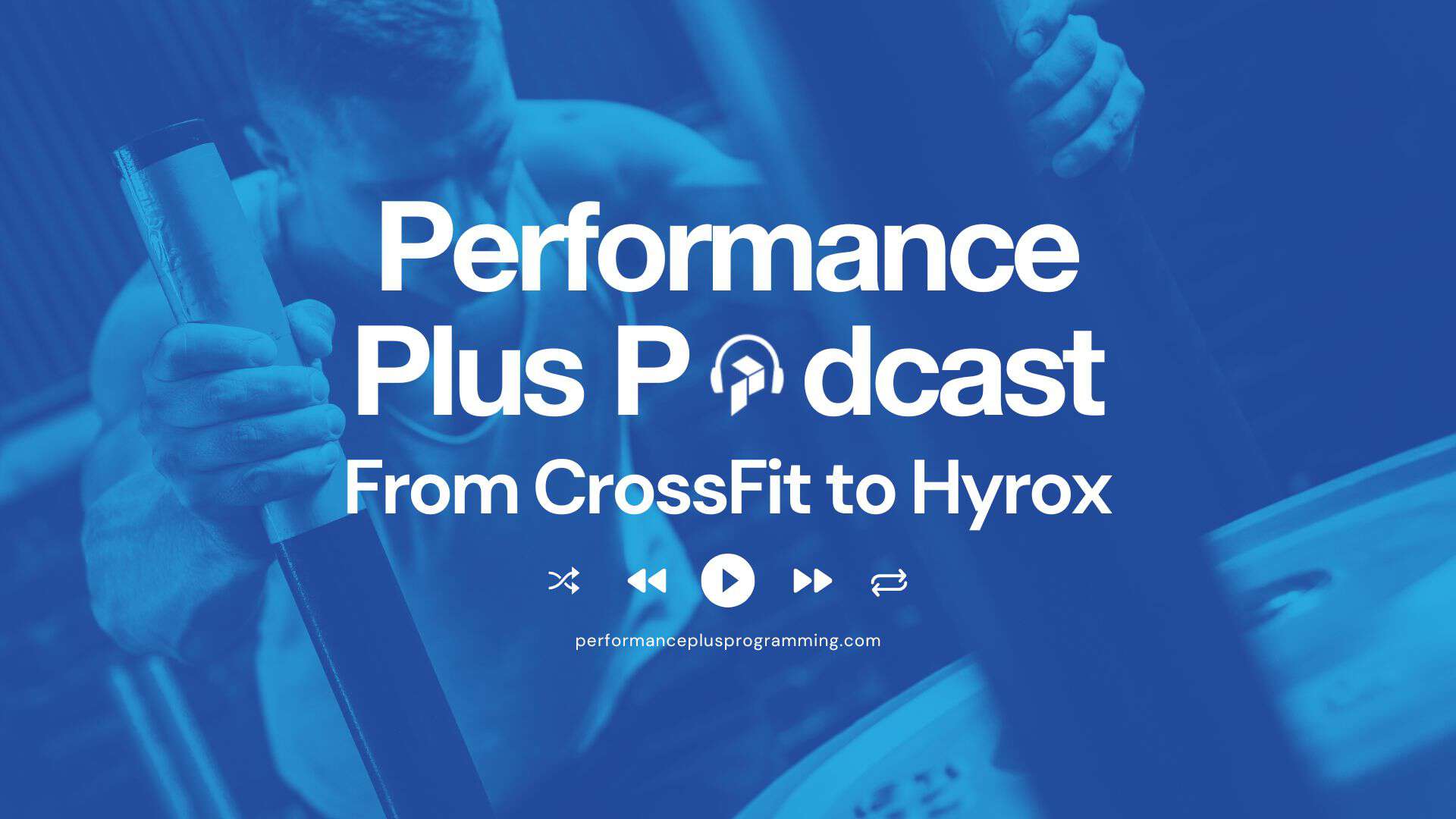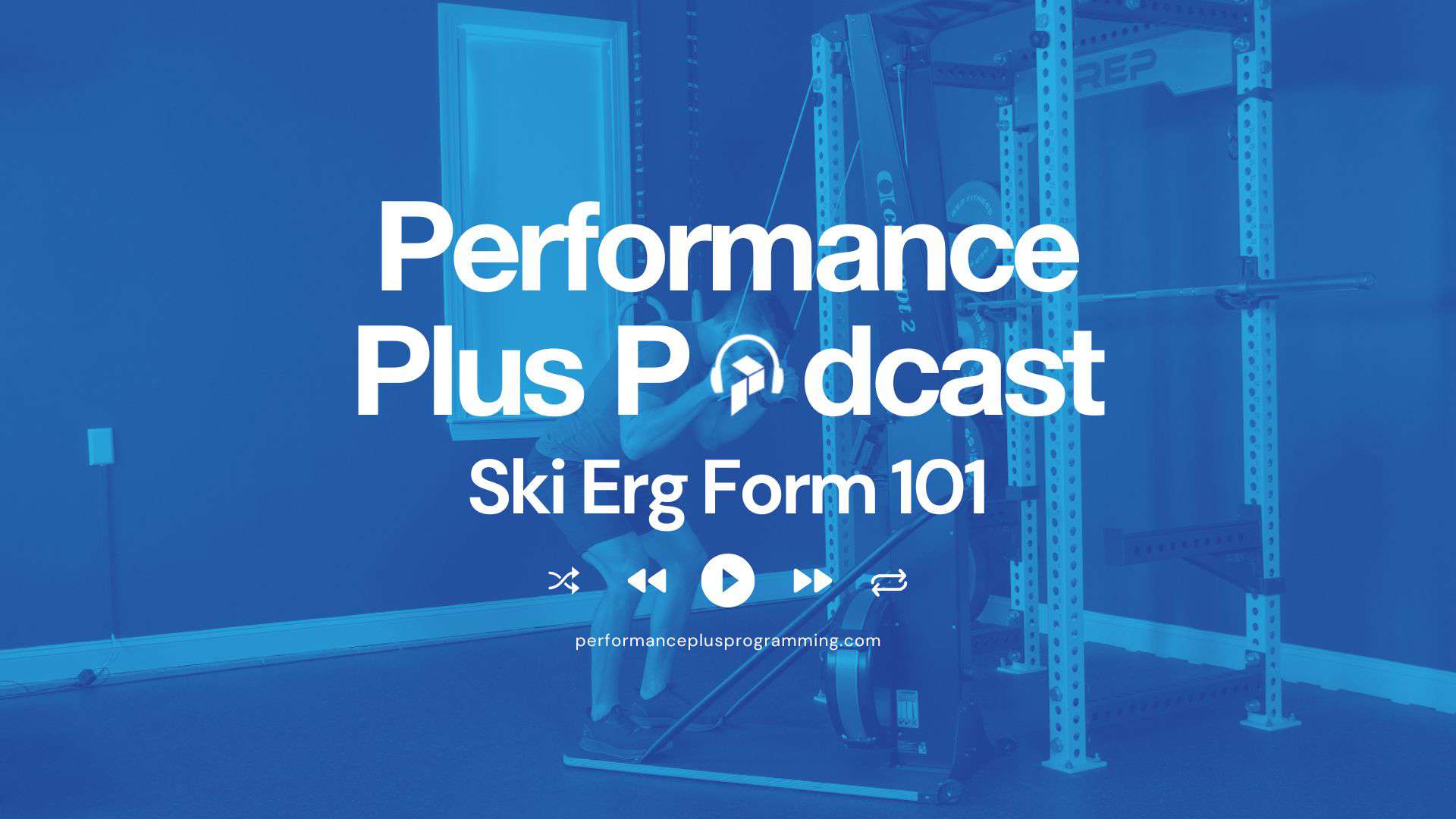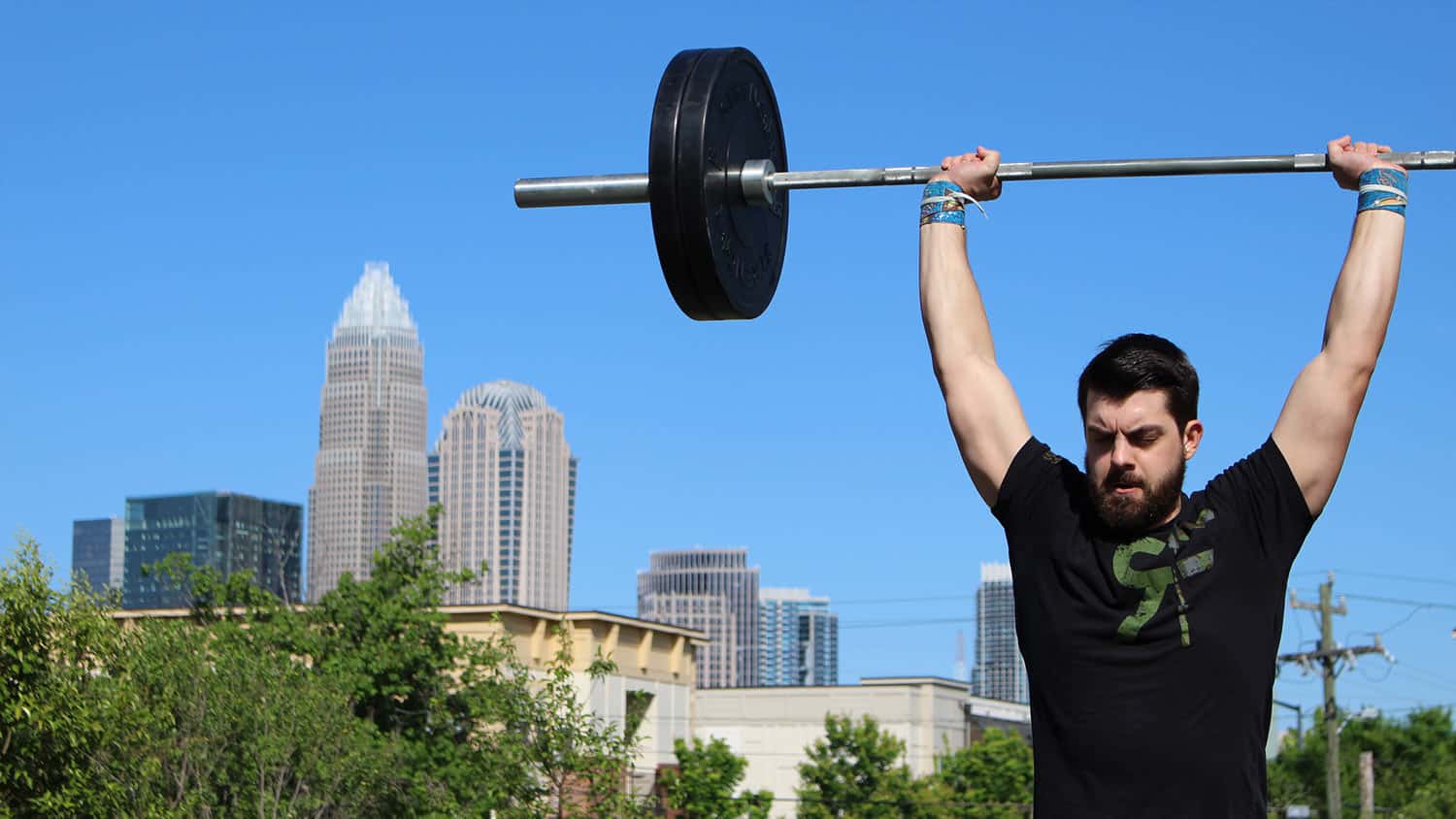
The Best Drills to Improve Overhead Mobility

The functional fitness athlete participating in the sport of fitness and Olympic weightlifting challenge their full-body mobility more than almost any other form of activity. Without proper mobility, these athletes sacrifice optimal positioning, slowing them down and decreasing the weight lifted. One of the most common mobility limitations these athletes will see is in their overhead positioning. In this article, we will cover the best drills to improve overhead mobility.
While all of the below drills are great, a proven plan to unlock your mobility is always a better solution than throwing random drills together before your WOD. For that, check out our Overhead Mobility Overhaul program that has helped thousands improve their overhead positioning.
For more help improving your mobility, access our FREE mobility checklist!
The Best Drills to Improve Overhead Mobility
Lat Eccentrics
The lats are one of the largest muscles in the body, running from the hips to the arm. They are also probably the most commonly stiff muscle I see limiting overhead mobility. My favorite exercise to unlock the lats is this eccentric stretch, where we slowly lower weight down into a deep stretch. Notice how my hips are bent up and my arms are fully rotated so that my palms are facing the floor at the end range of motion. This combination really stresses the lats.
Foam Roll Thoracic Extensions
The upper back (thoracic spine) is another crucial component to overhead positioning. When stiff, overhead mobility will be limited. Several different exercises improve thoracic mobility, with the foam roll thoracic extensions below probably being the most commonly used. BUT, many athletes perform these incorrectly so be sure to pay attention to the details to get the most out of this drill.
Bench Stretch
The bench stretch is a great movement to hit both lat flexibility and thoracic mobility in the same movement. Focus on arching your upper back to work the thoracic spine. Focus on tucking your tailbone and rounding the lower back slightly to hit the lats more. I often have athletes move back and forth between these two when doing the bench stretch.
Down Dog
The shoulder blade is a commonly overlooked component of overhead mobility. As we raise our arms overhead, the shoulder blade rotates upward to allow the shoulder joint to move further. Performing downward dog with a few critical pieces of emphasis will help improve mobility. Begin in a pushup position and press your body away from the floor. This results in your shoulders blades moving forward, and a muscle called your serratus anterior firing. Next, push your butt towards the sky and as you do that, continue focusing on pushing your body away from your hands. That emphasis will work scapular mobility.
Sleeper PAILs/RAILs
The backside of the shoulder often limits overhead mobility. We assess if these tissues are tight with the Tyler test. I often work with athletes trying to improve their overhead mobility but make no progress because this tissue is blocking them. When finally addressed, their ability to improve overhead mobility improves significantly. My go-to movement for working posterior shoulder mobility is Sleeper Stretch PAILS and RAILs.
Ready to Get Serious?
If you feel like you have tried every exercise under the sun to unlock your overhead positioning, then it is time to follow a proven plan. Jump into our Overhead Mobility Overhaul program today to get your overhead motion finally on track!
